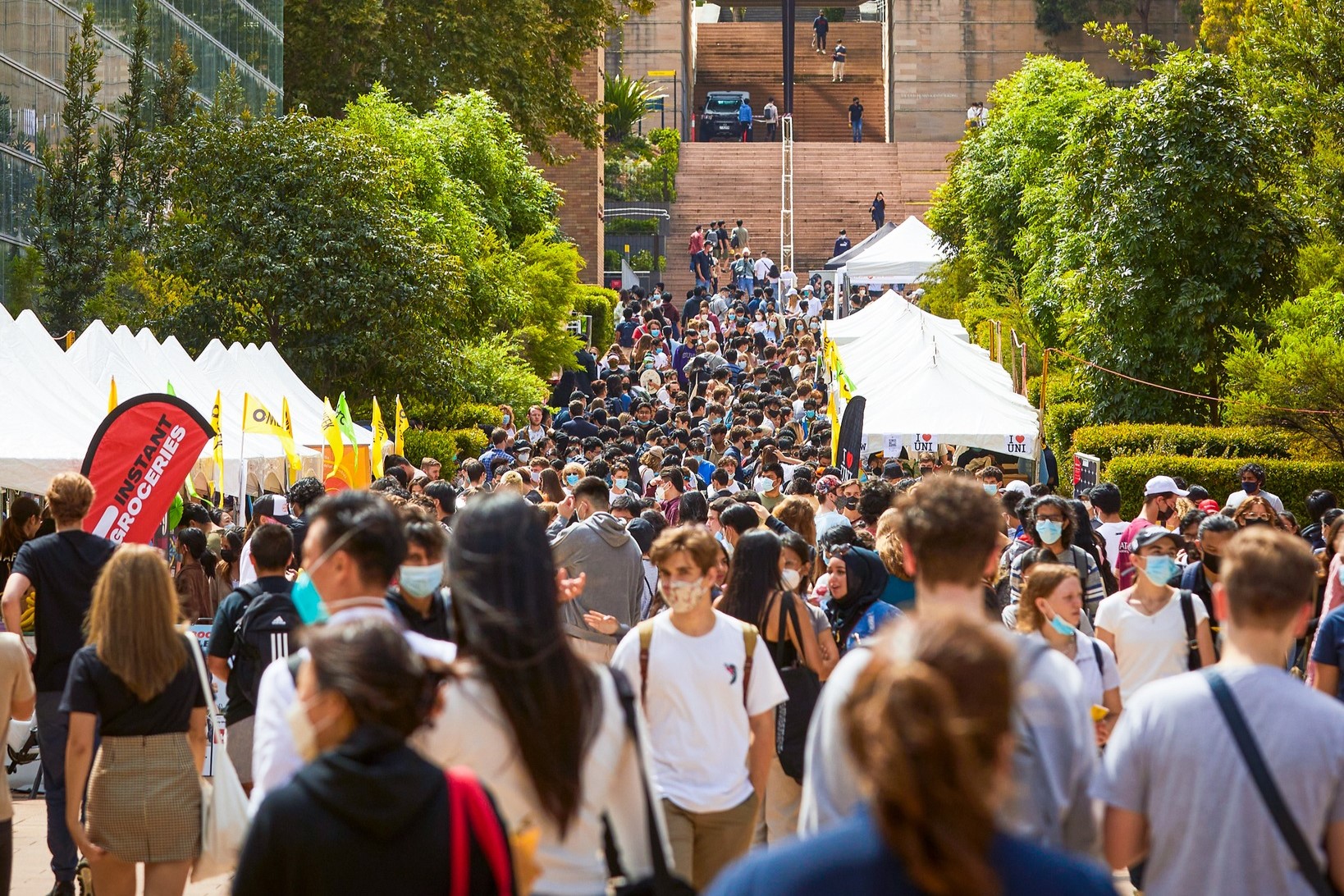
International students at the University of New South Wales, one of the universities with a low risk rating according to the Australian government .
Priority will be given to student visa applications based on new criteria.
Today, December 19th, the Australian government announced the repeal of Directive 107 and its replacement with Directive 111. These directives do not require parliamentary approval and therefore both changes are effective immediately. "The Australian government acknowledges that the student visa processing regulations under Directive 107 had an uneven impact on education providers," the Australian Department of Home Affairs explained the reason for the change.
Directive 107, introduced and issued in December 2023 by former Australian Home Affairs Minister Clare O'Neil, requires department officials to process student visa applications in order of priority, with the primary criterion being the risk level of the educational institution. This means that students applying to colleges or universities classified as low-risk will have their student visas processed more quickly.
Directive 107 was generally considered by Australian educators to be a "seriously flawed" mechanism, creating significant market instability, increasing visa rejection rates, and stifling student demand, according to the ICEF Monitor . Therefore, the repeal of Directive 107 was welcomed by the entire international education sector in Australia after a long period of criticism and calls for government change from relevant associations.
The Australian government has repealed Directive 107, replacing it with Directive 111. Specifically, the Australian government will require officials to prioritize processing student visas for each school until it reaches 80% of its new student enrollment quota as stipulated in the National Plan (NPL), which the government previously announced in the enrollment cap bill. Once a school reaches 80% of its quota, it will be moved to the bottom of the waiting list, giving priority to schools that have not yet reached 80% of their quota.
This means the Australian government will still grant student visas to applicants who apply to schools that have exceeded their international enrollment quotas, but the process will take longer. "Directive 111 is neither a quota nor does it set criteria for approving or rejecting student visa applications... The most important thing is that students planning to study abroad should apply for a visa as early as possible," the statement emphasized.

According to the Australian government, Directive 111 makes the student visa application process smoother and fairer, while also supporting the country in achieving its international education goals.
Visa application fees for one type of visa have increased by 15%.
According to The Koala News , the Australian government also decided on December 18th to increase the application fee for a post-graduate work visa (visa 485) by 15% from February 1st, 2025, to AUD 2,235 (VND 35 million). For those who already hold a 485 visa and are renewing it, the fee will increase to AUD 880 (VND 14 million). Applicants traveling with family members will also have to pay an additional visa fee.
The increase in the 485 visa application fee follows a new legal document from the Minister for Immigration and Multicultural Affairs, Tony Burke, The Koala News added.
A few days earlier, the Australian Department of Home Affairs also changed some regulations regarding the 485 visa. Specifically, to apply for a 485 visa under the post-graduate work stream, applicants with a postgraduate diploma must have graduated with a bachelor's, master's, or doctoral degree in the same academic year or the year immediately preceding, and the field of study of the diploma must be related to their previous degree.
According to the Australian Department of Education, as of August, there were 803,639 international students studying in Australia. Of these, 36,490 were from Vietnam, ranking fifth. At top universities, the number of Vietnamese students and researchers is significant, such as around 600 at the University of Melbourne, 400 at the University of Adelaide, and ranking in the top 10 for student numbers at the University of Queensland. Victoria has the highest concentration of Vietnamese international students with 14,994.
The risk level of educational institutions is a concept introduced in 2016 within the simplified student visa system (SSVF). Accordingly, the more international students are denied visas after receiving offers of admission, the lower the institution's risk assessment (Evidence Level) in the SSVF is likely to be ranked (on a three-level scale, with level 3 being the lowest).
Source: https://thanhnien.vn/tu-hom-nay-uc-huy-uu-tien-xet-visa-du-hoc-theo-uy-tin-cua-truong-185241219134016152.htm









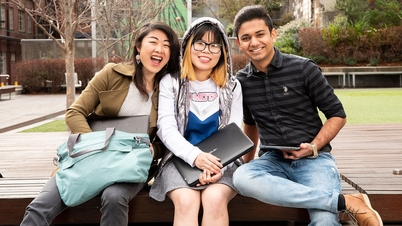

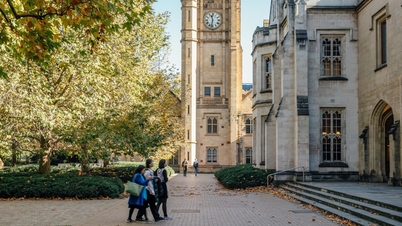

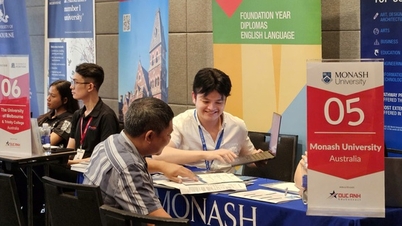

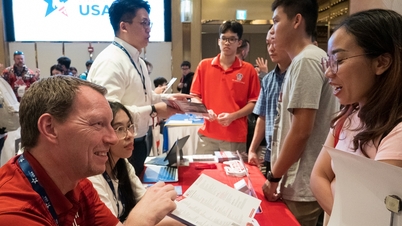
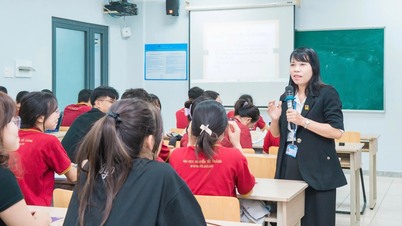

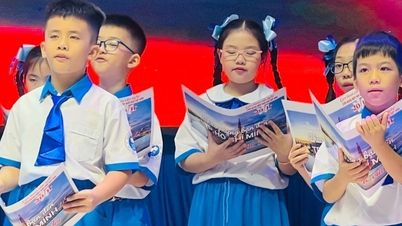

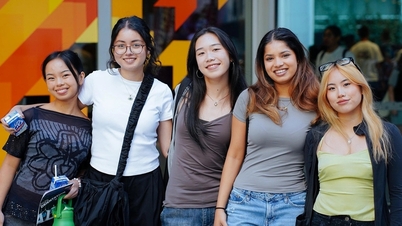




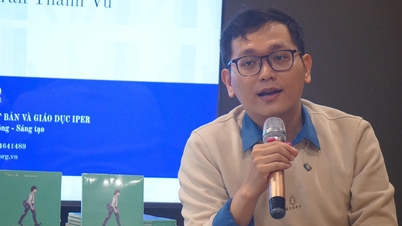







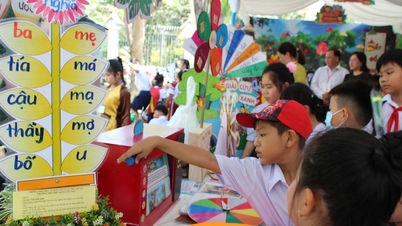
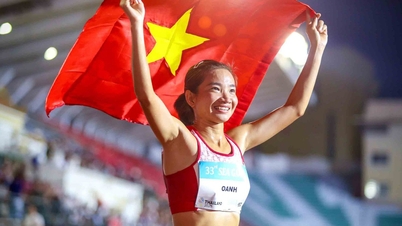
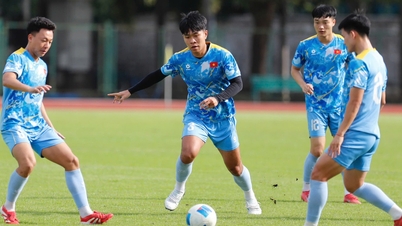





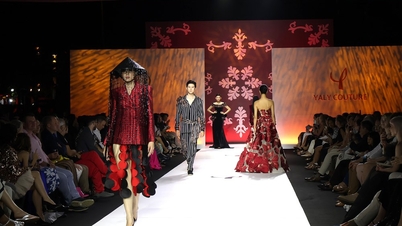





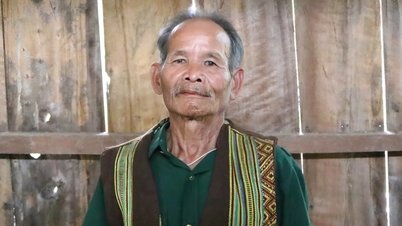




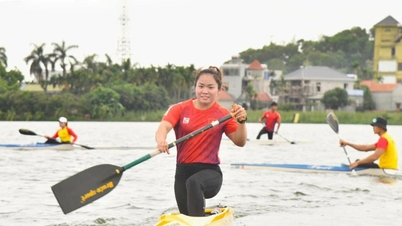

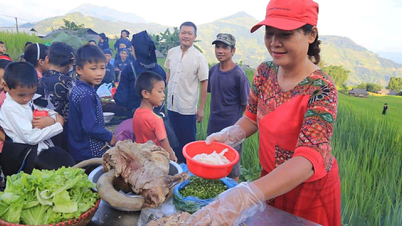




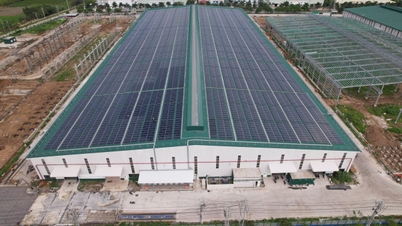


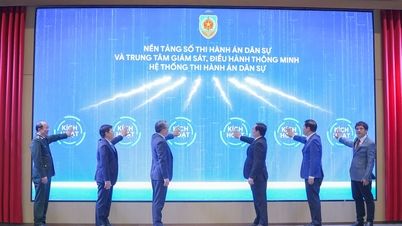







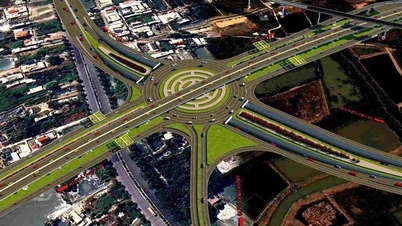


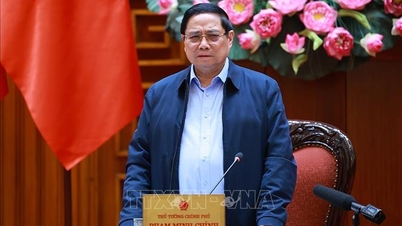

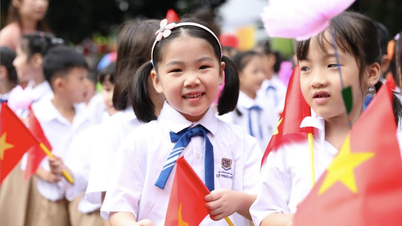

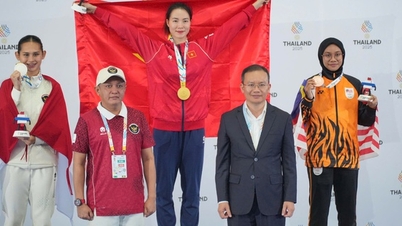

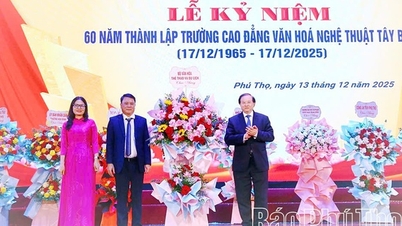
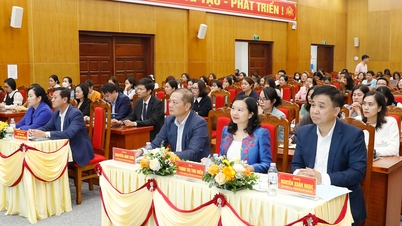

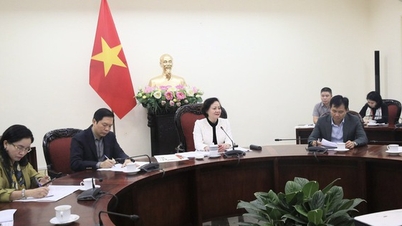
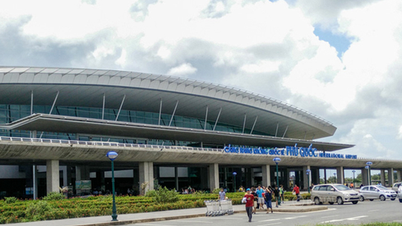
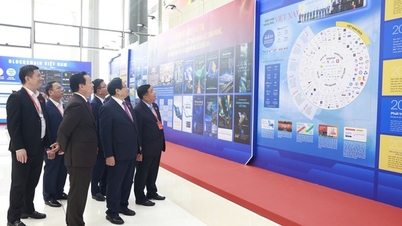
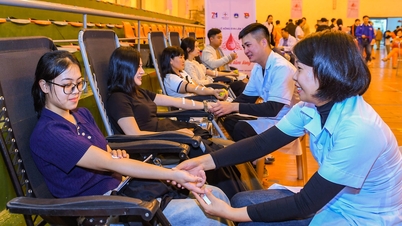



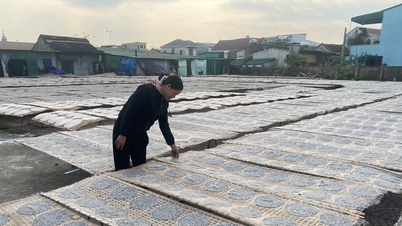

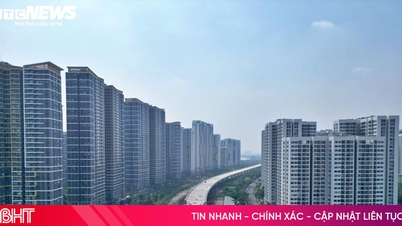

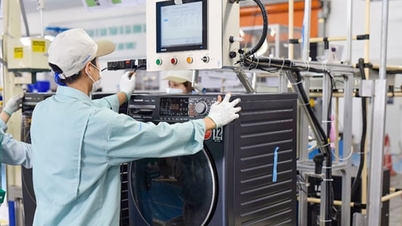













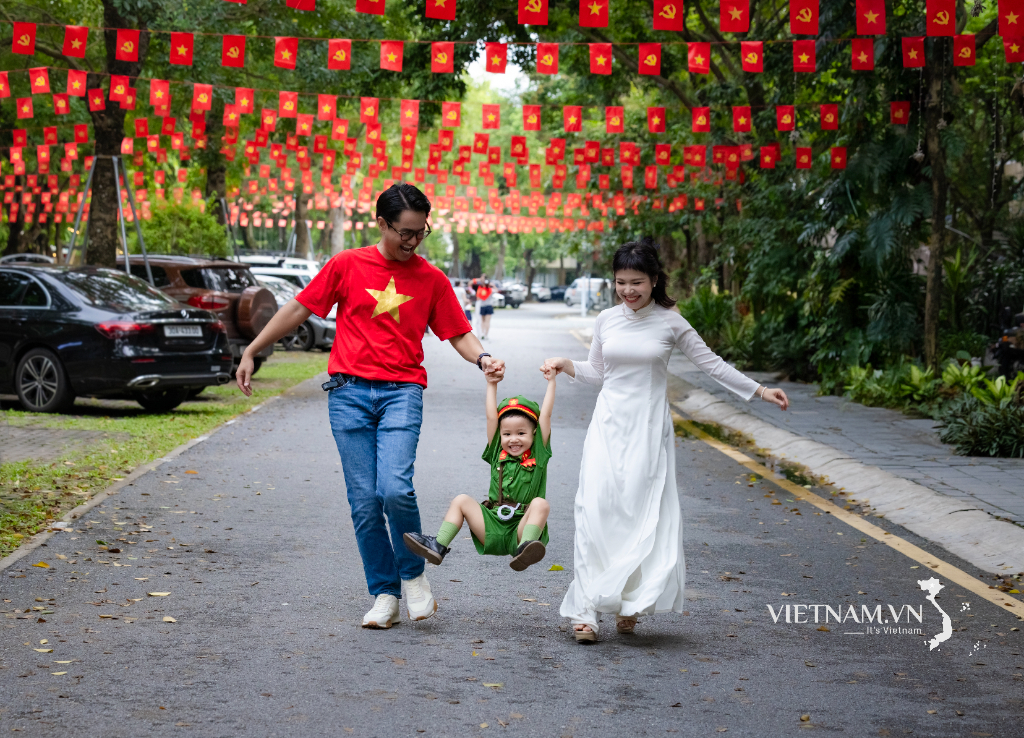


Comment (0)